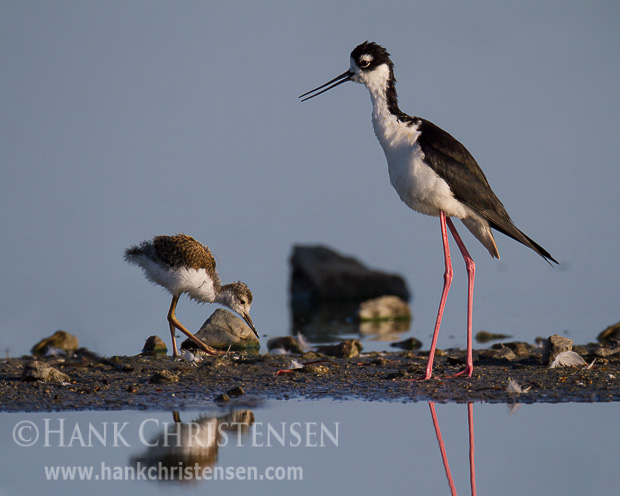
May you have a year filled with joy, rejuvenation, and rebirth. Thank you to all of you for following along on my photo exploits for another year. Here’s to a great 2013 and many more wonderful moments!
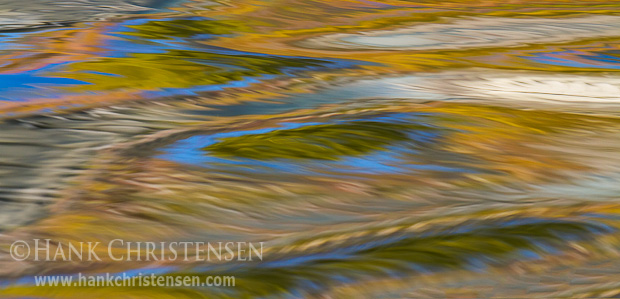
I recently processed these photos that I took last fall near my home. I happened upon some trees in full fall color that were being reflected in beautiful light off the surface of a wetland slough. I spent some time just watching different parts of the water, and then isolating the varied reflections with a long lens.

The patterns and colors in the water were changing so quickly, that I didn’t have time to see what I liked, compose a shot, and then capture it. I mainly looked for larger areas of interesting color (which changed moment to moment) and then took a bunch of exposures within that area.
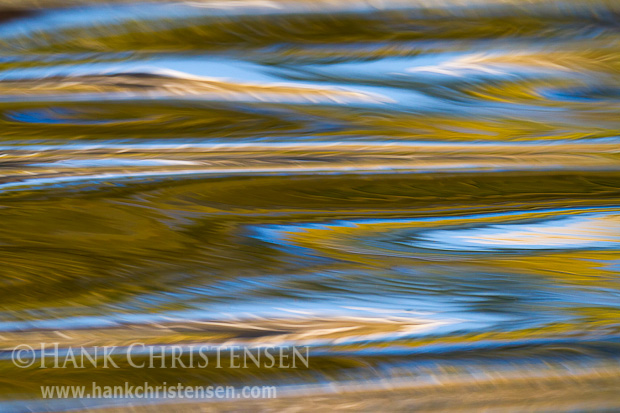
I also played with varying shutter speeds to see the effect on the pattern separation and motion blur. I took several hundred shots (one of the many benefits of digital), and then selected these shots as my favorites.
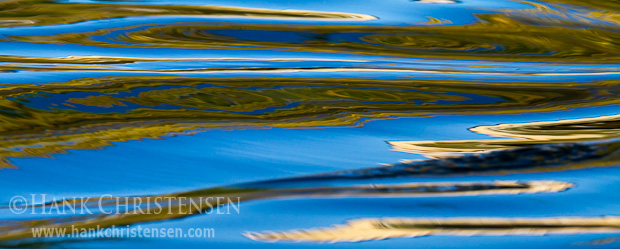
I always try to keep my eye out for patterns in nature. Sometimes a photograph is so abstract, the viewer cannot immediately identify the subject. This can be a lot of fun, and a real departure from the realism with which natural history photography is often associated.
Spring is in the air, and so is the reproductive instinct of many local bird species. I had the opportunity recently to photograph an American avocet pair copulating, and was able to record the interesting mating dance that occurred immediately afterward. Remaining monogamous throughout the breeding season, this pair will soon likely select a local nest site, or migrate north to nest (avocets are both migratory and year-round residents of the SF bay area).
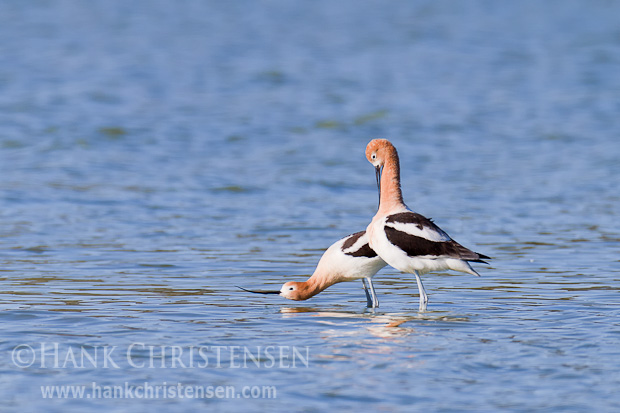
As they begin, the female signals to the male that she’s ready by standing alert with her head low and forward, close to the water. The male stands next to his mate, or directly behind her.
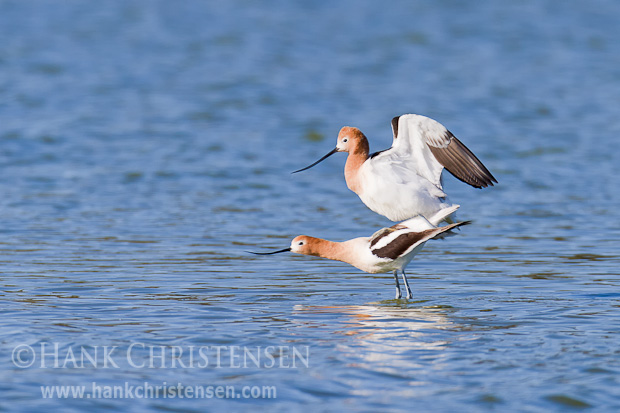
In one quick motion, the males jumps up onto the female’s back. Breeding only lasts a few seconds, during which time the male flaps his wings repeatedly. Just as quickly, he jumps down again.
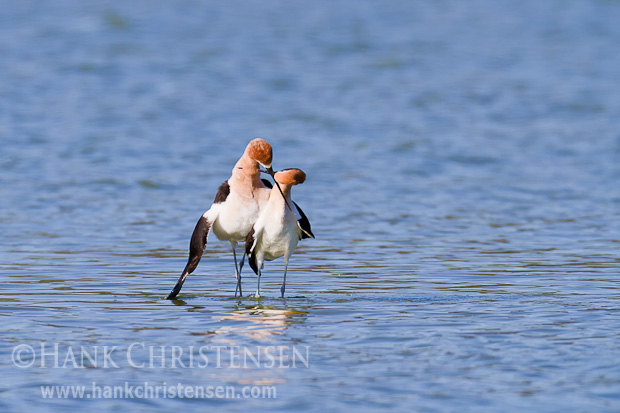
Immediately after copulation, the avocets turn toward each other and cross beaks. Each bill rests against the other’s neck, with the male standing slightly taller than the female. Holding this position, they walk in several tight circles.
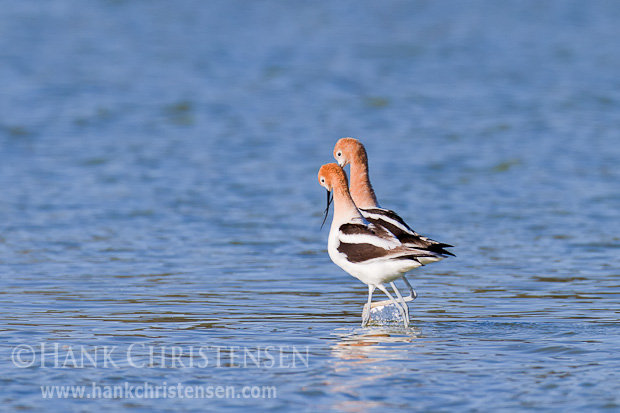
Once the circles are completed, they march off together side-by-side. I always find it fascinating to watch these intricate rituals that have developed over thousands of years.
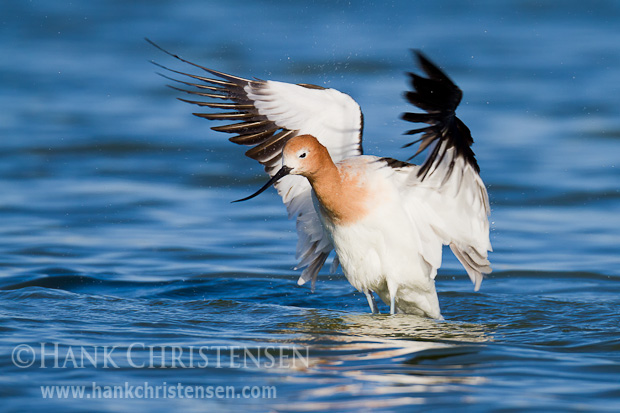
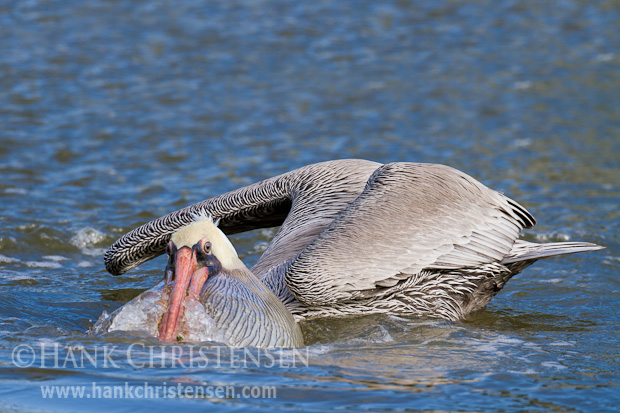
This week’s photo features a brown pelican fishing. What impressed me about this photos is just how big the pelican’s throat pouch balloons underwater. Often we just see the head as it comes up full of water (and hopefully fish), but here we can see the bill before any water starts to drain. Brown pelicans often dive for their food, whereas other pelican species prefer to scoop prey just below the surface of the water. Once the bill is above water, it must drain before the pelican can swallow what’s left over. During this time, fish can sometimes be seen jumping out of the throat pouch for freedom. In addition, other birds sometimes take this opportunity to steal fish out of the pelican’s mouth.